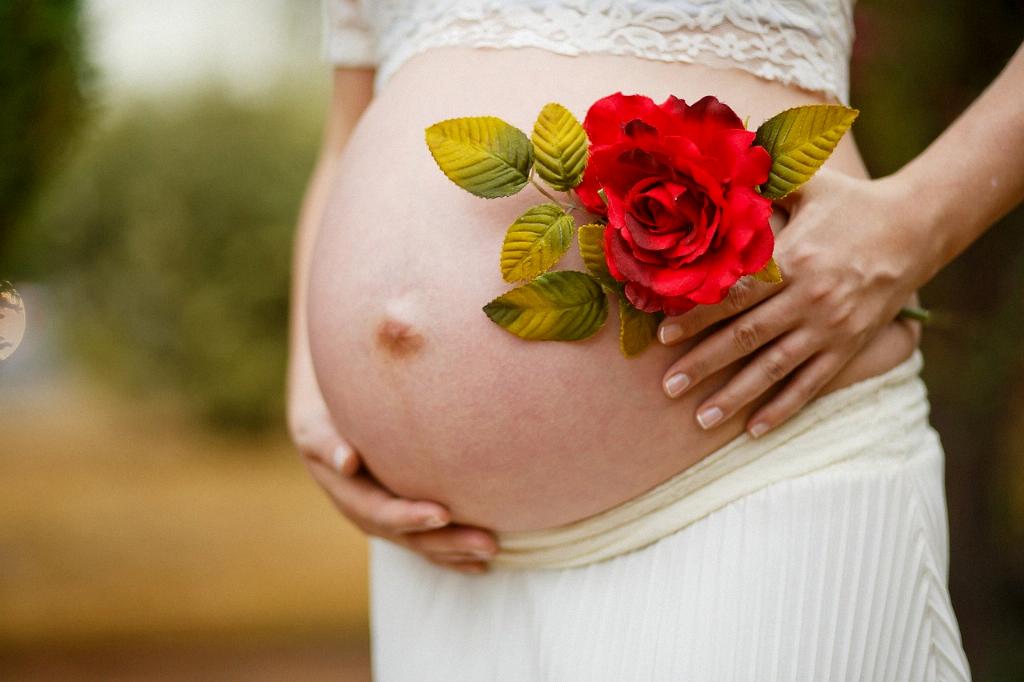When expecting a baby, there are numerous physical changes a woman’s body goes through. Among these changes, some women may experience a skin condition known as PUPPP rash, which stands for Pruritic Urticarial Papules and Plaques of Pregnancy.
Although PUPPP rash is the most common skin condition specific to pregnancy, affecting up to 1% of pregnant women, its occurrence is still considered rare in the grand scheme of pregnancies. Research suggests that around 1 in 160 to 300 pregnant individuals will develop PUPPP rash during gestation.
Interestingly, this condition tends to occur more frequently in first-time mothers as opposed to women who have had previous pregnancies. Furthermore, it has been noted that PUPPP rash typically does not manifest in subsequent pregnancies, adding to its uniqueness and rarity among pregnant women.
Despite being classified as a rare occurrence, PUPPP rash can be quite distressing for those who develop it. The intense itching and discomfort associated with the rash can significantly impact a woman’s overall pregnancy experience, leading many to seek relief and treatment options for this particular skin condition.
Given its relatively low prevalence rate compared to other pregnancy-related issues, PUPPP rash presents a distinct challenge for healthcare providers in terms of diagnosis and management. The rarity of this condition means that healthcare professionals may encounter fewer cases, necessitating a comprehensive understanding of its symptoms and potential treatment strategies.
While the exact cause of PUPPP rash remains unknown, its rarity in pregnant women underscores the need for further research and exploration into the underlying factors that contribute to the development of this unique skin condition. By gaining a deeper understanding of PUPPP rash, medical professionals can better support women who experience this discomfort during pregnancy.
Given its low incidence rate in the general population of pregnant individuals, PUPPP rash serves as a distinct example of a condition that, while relatively rare, can have a significant impact on the lives of those affected by it. The rarity of PUPPP rash highlights the critical importance of raising awareness and promoting education surrounding this specific pregnancy-related issue.
As with any medical condition, early detection and prompt intervention are crucial in managing PUPPP rash effectively. By recognizing the signs and symptoms of this rare skin condition, pregnant women can seek timely medical attention and explore suitable treatment options to alleviate discomfort and address the underlying cause of the rash.
Despite its rarity, PUPPP rash remains a point of concern for many expecting mothers due to its potential impact on maternal well-being and quality of life during pregnancy. Understanding the unique characteristics and prevalence of PUPPP rash can empower women to advocate for their health and seek the necessary support and resources to manage this skin condition effectively.
In conclusion, while PUPPP rash is considered a rare occurrence in pregnancy, its significance should not be understated. The distinctiveness of this skin condition highlights the importance of ongoing research, education, and awareness to support pregnant women who may experience this discomfort during their journey to motherhood.
By shedding light on the rarity of PUPPP rash, we can cultivate a deeper understanding of this specific pregnancy-related issue and work towards enhancing the care and support available to women facing this unique challenge. Through collaboration and advocacy, we can empower pregnant individuals to navigate the complexities of pregnancy with knowledge, resilience, and compassion.

